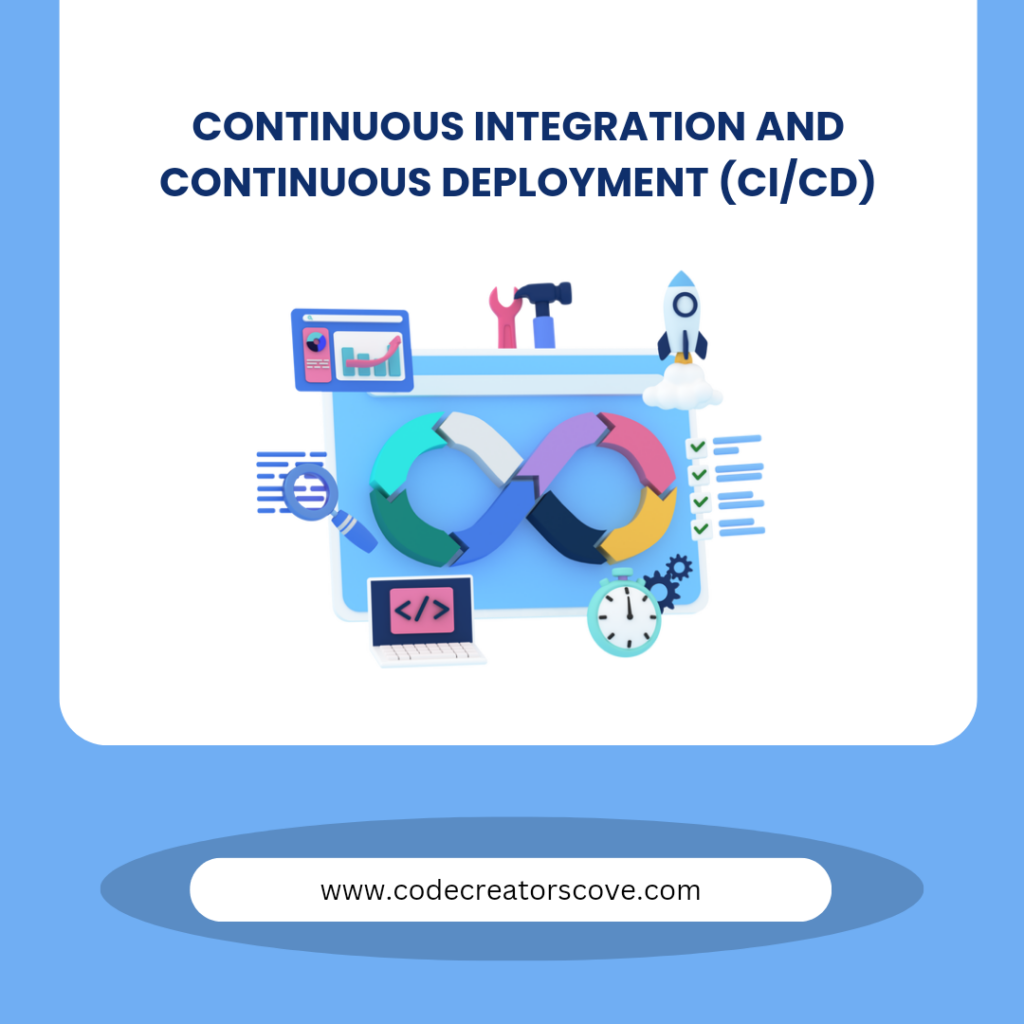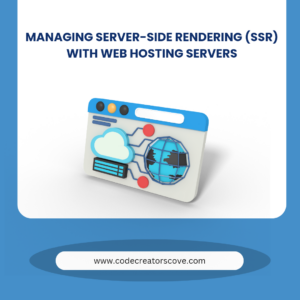In today’s fast-paced software development environment, Continuous Integration (CI) and Continuous Deployment (CD) have become essential practices for delivering high-quality software rapidly and efficiently. This article aims to provide a comprehensive understanding of CI/CD, its benefits, best practices, and tools.
What is Continuous Integration and Continuous Deployment (CI/CD)?
Understanding the fundamentals of CI/CD is crucial for appreciating its impact on modern software development.
Continuous Integration (CI) is a development practice where developers frequently integrate their code changes into a shared repository, ideally several times a day. Each integration is automatically verified by building the application and running automated tests to detect errors as early as possible.
Continuous Deployment (CD) is an extension of CI, where every change that passes the automated tests is automatically deployed to production. Continuous Delivery, a closely related concept, ensures that the codebase is always in a deployable state, but the actual deployment to production may still require manual approval.
Importance of Continuous Integration and Continuous Deployment (CI/CD)
CI/CD offers significant advantages that enhance both the development process and the final product.
1. Accelerated Development: CI/CD automates many of the tedious aspects of software development, enabling developers to focus more on coding and less on manual testing and deployments.
2. Higher Quality Code: Automated tests run with every change, catching bugs early and often, which leads to more stable and reliable software.
3. Faster Time to Market: With continuous integration and deployment, new features and fixes reach users faster, providing a competitive advantage.
4. Improved Collaboration: CI/CD encourages smaller, more frequent commits, fostering better collaboration among team members and reducing integration issues.
Key Components of Continuous Integration and Continuous Deployment (CI/CD)
A successful CI/CD pipeline relies on several critical components working together seamlessly.
1. Version Control System (VCS)
A VCS, like Git, is the backbone of CI/CD, enabling teams to collaborate and manage changes to the source code efficiently. It stores the source code, tracks changes, and facilitates collaboration among developers. Popular platforms include GitHub, GitLab, and Bitbucket.
2. Automated Testing
Automated tests are crucial for ensuring that code changes do not introduce new bugs, maintaining the integrity of the application. These tests can range from unit tests, which check individual components, to integration tests, which verify that different parts of the application work together correctly.
3. Build Automation
Build automation tools compile the source code into executable files and package them for deployment, streamlining the development process. Tools like Maven, Gradle, and Jenkins are widely used for this purpose.
4. Continuous Integration Server
A CI server orchestrates the CI process by monitoring the VCS for changes, pulling the latest code, running automated tests, and reporting the results. Jenkins, Travis CI, CircleCI, and GitLab CI are popular choices.
5. Deployment Automation
Deployment automation tools manage the process of deploying applications to various environments, from testing to production, ensuring consistency and reliability. They ensure that deployments are consistent, repeatable, and less prone to human error. Tools like Ansible, Chef, Puppet, and Kubernetes are commonly used.
Strategies for Continuous Integration and Continuous Deployment (CI/CD)
Following best practices can help maximize the benefits of CI/CD and minimize potential pitfalls.
1. Commit Frequently
Encourage developers to commit code changes frequently to maintain a steady flow of integration and testing. Smaller, incremental changes are easier to integrate and test, reducing the risk of conflicts and bugs.
2. Write Comprehensive Tests
Invest in writing thorough automated tests to catch errors early and maintain code quality. Aim for high test coverage, but prioritize quality over quantity. Well-written tests catch bugs early and give developers confidence in their changes.
3. Maintain a Fast Build
Optimize your build process to ensure that it runs quickly, enhancing developer productivity and reducing waiting times. Long build times can discourage frequent commits and slow down the feedback loop.
4. Use a Staging Environment
Deploy changes to a staging environment before production to catch issues in a controlled setting. This allows for final verification in an environment that closely resembles production.
5. Monitor and Rollback
Implement robust monitoring to detect issues in production quickly and have a fallback plan. Have a rollback strategy in place to revert to a previous stable version if needed.
Popular Continuous Integration and Continuous Deployment (CI/CD) Tools
Several tools can help implement CI/CD effectively, each with unique features and strengths.
1. Jenkins
Jenkins is an open-source automation server that supports building, deploying, and automating any project. Its extensive plugin ecosystem makes it highly flexible and customizable.
2. GitLab CI/CD
GitLab CI/CD is integrated into GitLab, providing a seamless experience from code repository to deployment. It offers powerful features, including built-in CI pipelines, security testing, and monitoring.
3. CircleCI
CircleCI is a cloud-based CI/CD tool that integrates with GitHub and Bitbucket, offering robust scalability and customization. It provides fast, scalable builds and offers advanced features like parallelism and custom workflows.
4. Travis CI
Travis CI is a popular CI/CD service for open-source projects, known for its simplicity and ease of use. It integrates with GitHub and supports multiple programming languages and environments.
5. AWS CodePipeline
AWS CodePipeline is a fully managed CI/CD service from Amazon Web Services, integrating seamlessly with other AWS services. It automates the build, test, and deployment phases of your release process and integrates with other AWS services.
Conclusion
Adopting CI/CD strategies can significantly improve the efficiency and quality of your software development process. By automating testing, building, and deployment, you can catch bugs early, release new features faster, and deliver more reliable software to your users. Start small, iterate, and gradually integrate these practices into your workflow to experience the full benefits of CI/CD.
Implementing CI/CD requires effort and discipline, but the rewards are well worth it. Embrace the continuous improvement mindset, and your development process will become smoother, faster, and more resilient.


